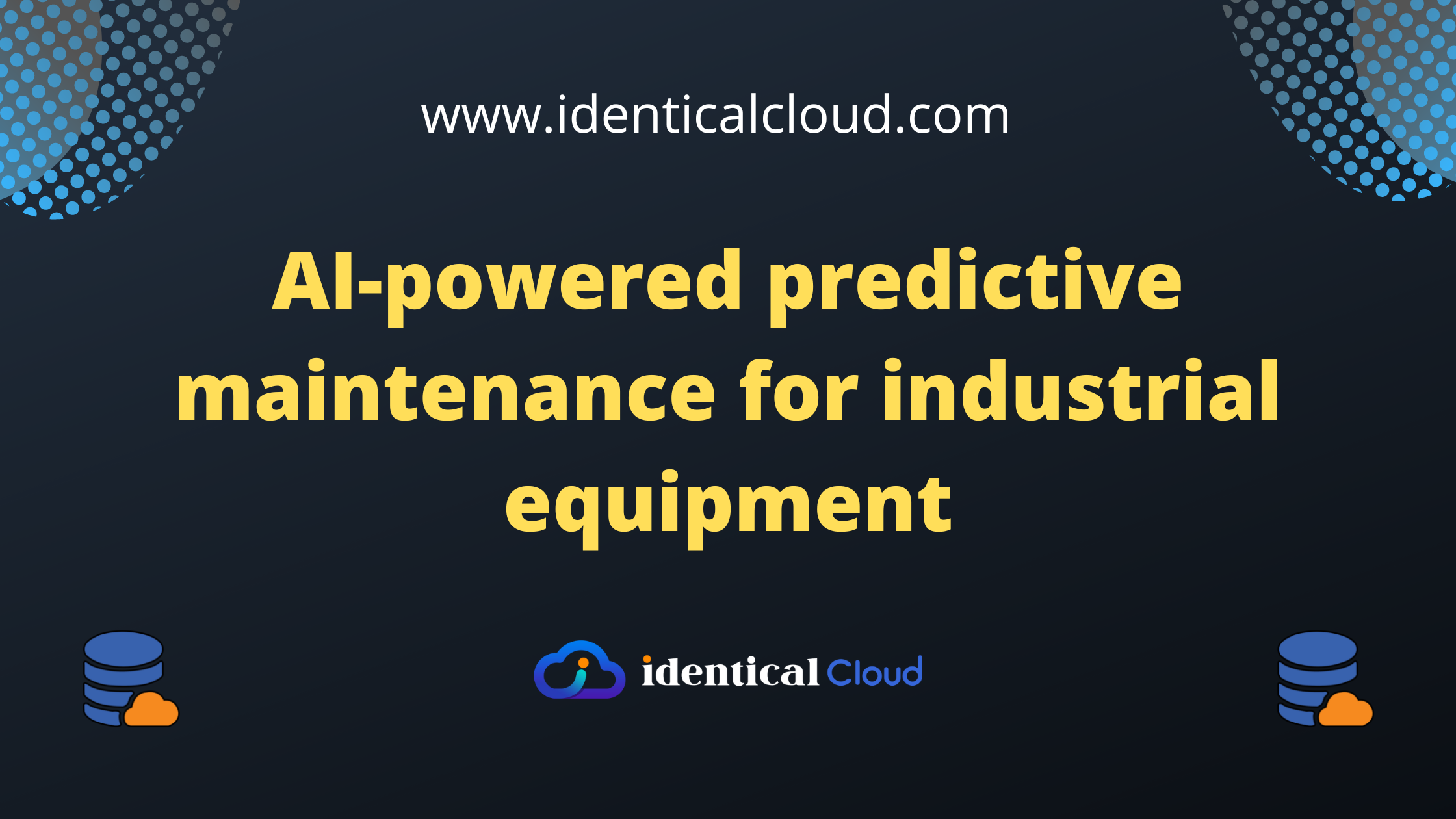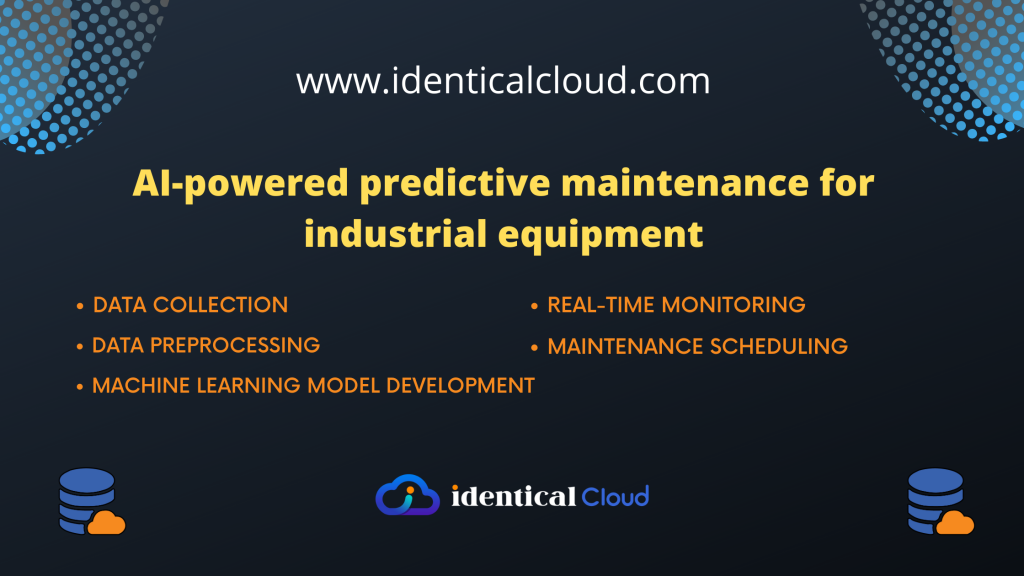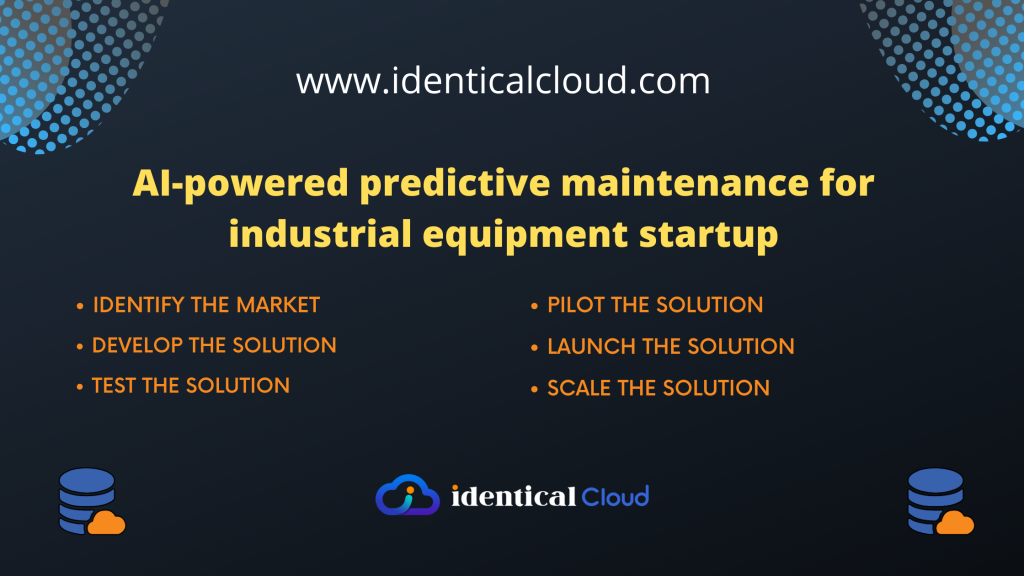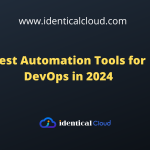
AI-powered predictive maintenance for industrial equipment Million-Dollar AI Businesses to Start with ChatGPT in 2023
AI-powered predictive maintenance for industrial equipment is a growing field that offers significant potential for innovation and business growth in 2023 and beyond. Starting an AI-powered predictive maintenance business with ChatGPT could involve offering the following services:
- Development and deployment of AI-powered predictive maintenance solutions for various industries, such as manufacturing, energy, and transportation.
- Training and fine-tuning of predictive maintenance models using ChatGPT or other large language models to improve their accuracy and efficiency.
- Integration of predictive maintenance solutions with existing data sources and systems, such as machine sensors and industrial control systems, to create real-time and actionable insights.
- Ongoing maintenance and support of predictive maintenance solutions to ensure their smooth operation and continuous improvement.
To start an AI-powered predictive maintenance business, you will need to have expertise in AI and industrial automation technologies, as well as a strong understanding of predictive maintenance and data analysis. Additionally, you will need to invest in the necessary infrastructure and resources to develop and deploy predictive maintenance solutions, such as computing power and storage, software development tools, and marketing and sales resources.
AI-powered predictive maintenance for industrial equipment
AI-powered predictive maintenance involves using machine learning algorithms and other advanced analytical techniques to predict when industrial equipment is likely to fail and prevent potential downtime. Predictive maintenance is a proactive approach to maintenance that can help reduce maintenance costs and improve equipment reliability.
To implement AI-powered predictive maintenance, several steps are typically involved:
- Data collection: The first step is to collect data from the industrial equipment, including operational data, sensor data, and maintenance records. This data is used to train the machine learning algorithms and build the predictive models.
- Data preprocessing: Once the data has been collected, it must be preprocessed to ensure that it is clean and usable. This involves removing any outliers, filling in missing data, and normalizing the data so that it can be used in the machine learning models.
- Machine learning model development: The next step is to develop the machine learning models that will be used to predict equipment failures. This involves selecting the appropriate algorithms and tuning them to optimize performance.
- Real-time monitoring: Once the models have been developed, they are integrated into a real-time monitoring system that continuously collects data from the industrial equipment and generates alerts when equipment failures are predicted.
- Maintenance scheduling: Finally, the predictive maintenance system generates maintenance schedules based on the predicted failure dates. This allows maintenance teams to perform maintenance tasks before the equipment fails, reducing downtime and improving reliability.
AI-powered predictive maintenance can help reduce maintenance costs, improve equipment reliability, and increase overall equipment effectiveness. By detecting potential issues before they cause downtime, industrial companies can minimize the impact of equipment failures and maximize their productivity.

AI-powered predictive maintenance for industrial equipment startup
Starting an AI-powered predictive maintenance startup for industrial equipment involves several steps:
- Identify the market: The first step is to identify the potential customers and market for the predictive maintenance solution. This involves conducting market research to understand the industry landscape and the pain points of potential customers.
- Develop the solution: Once the market has been identified, the next step is to develop the AI-powered predictive maintenance solution. This involves building the machine learning models and integrating them with a real-time monitoring system.
- Test the solution: The solution must be tested and validated to ensure that it is accurate and reliable. This involves testing the machine learning models on historical data and validating the results against actual maintenance records.
- Pilot the solution: The next step is to pilot the solution with a small group of customers to gather feedback and refine the solution. This allows the startup to improve the solution and make it more valuable to potential customers.
- Launch the solution: Once the solution has been refined and validated, the startup can launch it to the market. This involves developing marketing materials and reaching out to potential customers to generate interest in the solution.
- Scale the solution: As the startup gains customers, it can scale the solution to meet the needs of a larger customer base. This may involve hiring additional staff, improving the solution, and expanding into new markets.
Starting an AI-powered predictive maintenance startup requires a strong understanding of both the industrial equipment industry and machine learning techniques. It is also important to have a team with expertise in data science, software development, and business development to build and grow the startup.

Overall, AI-powered predictive maintenance for industrial equipment can be a promising business opportunity in 2023, but it is important to approach this market with caution and to conduct extensive research and planning before starting a new AI-powered predictive maintenance business. Additionally, it is important to be aware of the privacy and ethical considerations involved in the use of industrial data for predictive maintenance, and to ensure that your business is fully compliant with all relevant laws and guidelines.








